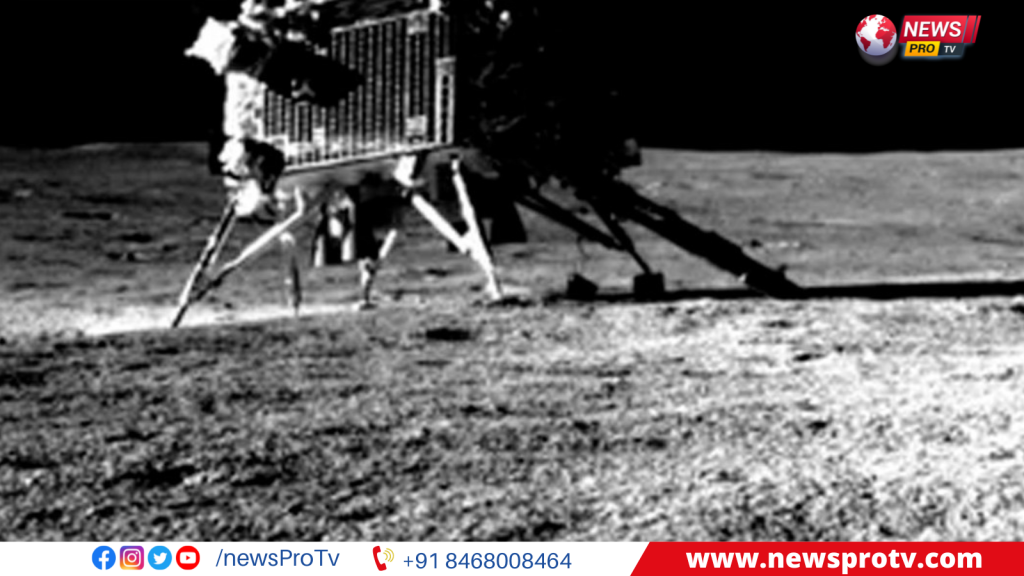In a groundbreaking development, ISRO’s Chandrayaan-3 mission has been gathering crucial information from the moon, with its Pragyan rover actively exploring the lunar surface. This mission, which was launched on July 14th, has made headlines once again as the lander module successfully executed a soft landing on the moon’s South Pole on the evening of August 23rd.
The Chandrayaan-3 mission, a significant step in India’s space exploration endeavors, has been steadily progressing, and the latest update from ISRO has left the scientific community in awe. According to ISRO scientists, the lunar surface has experienced tremors akin to earthquakes, a discovery that has opened up new avenues for lunar research.
The journey of Chandrayaan-3 has been marked by precise planning and execution. Launched from the Satish Dhawan Space Centre in India, the mission aimed to build upon the successes of its predecessors, Chandrayaan-1 and Chandrayaan-2. The soft landing on the moon’s South Pole is a testament to ISRO’s commitment to exploring uncharted lunar territories.

The Pragyan rover, equipped with advanced scientific instruments, has been the workhorse of the mission. It has been tirelessly traversing the lunar terrain, collecting invaluable data and transmitting it back to Earth. The discovery of moonquakes or lunar tremors adds a new dimension to our understanding of the moon’s geology and seismology.
Moonquakes, unlike their Earthly counterparts, are not caused by tectonic plate movements. Instead, they are primarily triggered by the gravitational interactions between the Earth and the moon, meteorite impacts, or the cooling and contracting of the moon’s interior. These tremors are relatively common but have been challenging to detect and study.
ISRO’s achievement in sensing and recording these lunar tremors will significantly contribute to our understanding of the moon’s internal structure and evolution. It will also aid in assessing the potential risks posed by moonquakes to future lunar missions and lunar habitats.
ISRO’s Chairman, Dr. K. Sivan, expressed his excitement about this discovery and the mission’s overall success. He stated, “Chandrayaan-3 continues to exceed our expectations, and the detection of moonquakes is a remarkable achievement. This mission has laid the groundwork for future lunar exploration and has once again showcased India’s prowess in space technology.”
The Chandrayaan-3 mission has undoubtedly carved its place in history by unearthing vital information about the moon’s geological activity. As it continues its journey of lunar exploration, the world eagerly anticipates more groundbreaking discoveries and insights that will deepen our understanding of Earth’s celestial neighbor.
Written by Rajat Raj News Article Writer and Social Media Manager
Read Our Previous News Article’s : Maharashtra CM Eknath Shinde Draws Parallels Between Opposition Alliance and Mythical Demon King Ravana – News Pro TV
